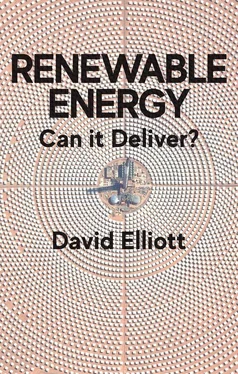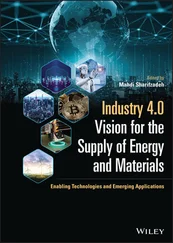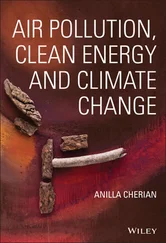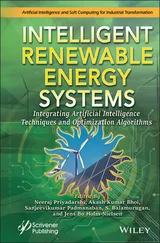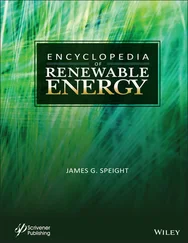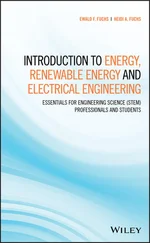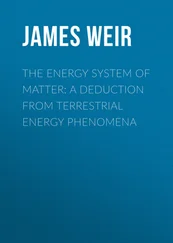Box 1.2 The new energy options – a summary of impacts and issues
The use of naturally and continuously replenished renewable energy flows , like the winds, waves, tides and solar heat/light, produces no direct carbon dioxide (CO 2) or other emissions. There will be indirect emissions due to the use of fossil fuel for the construction of the technologies and for the production of associated materials, but that is true, at present, for all energy technologies. Once built, renewable energy-based power plants, like wind turbines and solar farms, differ from the rest in not needing any fuel to run. However, they may have some local impacts, and some (but not all) produce variable power outputs.
Those issues apart, they are strong ‘clean energy’ contenders, arguably more so than nuclear plants, which, although they do not produce CO 2in operation, rely on the use of fossil fuel to mine and process/enrich their fuel, a very energy-intensive process, thus incurring a carbon debt. There are also long-lived radioactive wastes to deal with, as well as the risk of leaks and unplanned release of radioactive material. Global fissile fuel reserves are also finite; they are not a renewed resource. Nuclear fusion, as opposed to fission, is still some way off as a practical option and may remain so but might have fewer fuel resource limitations, although there could still be risks and radiological implications.
It is possible to capture and store the CO 2produced by fossil fuel combustion plants, but, although that might allow us to continue to use fossil fuel, as I will be describing, there are operational and economic limitations to this arguably rather inelegant ‘end of pipe’ engineering approach to post-combustion ‘carbon capture and storage’. The environmental argument is that we should not be burning fossil fuel in the first place nor trying to find places to store the resultant CO 2safely and indefinitely. The global fossil fuel resource is in any case finite, so using it is not a long-term option, even ignoring CO 2and other emissions and impacts, for example in relation to air quality.
The combustion of biomass (plants, wood and other bio-materials), and then the capture and storage of the CO 2produced, is an option. In theory, since CO 2is absorbed when biomass is grown, that process would be carbon negative, reducing net atmospheric CO 2levels. However, to have a significant CO 2impact, in addition to vast CO 2storage requirements, very large amounts of biomass would have to be grown and burnt, with large land-use and ecological impacts.
The capture and storage of CO 2direct from the air is also possible, although that process would use energy rather than generate it. As an alternative, some of this CO 2, or the CO 2from power plants, might be used to make new hydrocarbon fuels, if a source of hydrogen were available, for example produced using renewable energy. However, burning the resultant synthetic hydrocarbon fuels would release the CO 2again. It might be better to use the ‘green’ hydrogen direct as a fuel since its combustion only produces water vapour.
I will be coming back to these various options, issues and choices later, for example looking at costs, but from this short summary it does look as though, in terms of clean energy supply, renewables have the edge environmentally.
While in general terms the prospects for the future of renewables may look positive, and the overall case for alternatives may look poor, the resistance of incumbents, and some of the arguments against renewables that they have adopted, do have to be faced. A central issue raised is the question of whether renewables can expand rapidly enough to meet global energy needs.
This was met head on in a scenario published initially in 2009 in Scientific American (Jacobson and Delucchi 2009) and then more formally in 2011 (Jacobson and Delucchi 2011) and developed in their subsequent studies. It was suggested that a global target of obtaining 100% of all energy from renewables by 2050 was viable, at reasonable cost. That was ridiculed by critics as impossible, and there were debates over methodology (Clack et al. 2017). However, now, with several countries already above 50% and many dozens of further studies from around the world suggesting that very high renewables shares are possible (Stanford 2019), the debate is more about total-system costs and whether it will ‘only’ be 70%, or more than 80% (of electricity), globally by 2050 (IRENA 2017a), or how to do better than that (Bogdanov et al. 2019).
The pace of technical development and market adoption has been startling, taking even enthusiasts by surprise (for photovoltaic solar especially), and can be contrasted with the slow pace of development of the rival technologies, nuclear (Pearce 2017) and carbon capture and storage (Simon 2017).
As the head of the UK government’s advisory Committee on Climate Change put it, they had initially been ‘overly optimistic about cost falls in some other technologies – nuclear for example’, but for renewables ‘innovation has been the key – driven by policy – in ways that we did not fully expect ten years ago. Globally, a clear goal to decarbonise, with co-benefits of improved air quality in cities, has stimulated commercial innovation’ (Stark 2019a).
However, there are inevitably issues with renewables. Some of them have been highlighted in recent critiques from, amongst others, pro-nuclear lobbyist Michael Shellenberger. He says that renewables cannot power modern civilization, given that the energy sources are variable and also dilute and diffuse, requiring the use of large areas and involving significant local environmental impacts, as well as risks to human and animal life, along with high costs for backup requirements (Shellenberger 2019). He is not alone in challenging the viability of renewables. There is a range of critical books, articles and reports at varying levels of coherence (Lomborg 2019; Montford 2019; Rogers 2018).
It is relatively easy to provide specific counters to these challenges and to the assertion often made that ‘nuclear is a better bet than renewables’. For example, on cost, it is clear that many existing nuclear plants in the United States are having to close because they are no longer competitive (Abdulla 2018) and that, globally, few new nuclear projects are going ahead. By contrast, renewables are winning out economically in most countries (WNISR 2019).
On safety, so far globally there have been around 192 people killed in accidents related to wind farms, mostly involving occupational accidents during installation or maintenance work, but some involving blade transport (CWIF 2019). By contrast, estimates for deaths associated just with the 1986 Chernobyl nuclear accident, although debated, range up into the thousands and possibly tens of thousands (Ritchie 2017). It is true that emissions from coal-fired plants lead to many more deaths, for example from respiratory illnesses, quite apart from any climate change-related impacts, but arguably the solution is to go for renewables like wind and solar, not nuclear, as an alternative.
The wider environmental impact issue is a bit more complex, as I have explored in detail elsewhere (Elliott 2019a). In general, renewables are land using, some more than others (e.g. PV solar can be on rooftops, offshore wind uses no land), but the complete nuclear fuel cycle, from uranium mining to waste deposition, also involves significant land use, with power plants, fuel-processing facilities and so on having to be protected by large fenced-off areas for security and safety. Nuclear plants do not generate CO 2gas directly themselves, but, as noted in Box 1.2, producing the fuel for them is a very energy-intensive process, mostly at present based on the use of fossil fuels. By contrast, renewables like wind and solar do not need any fossil fuel to run, so they are totally carbon free in operational terms.
Читать дальше
